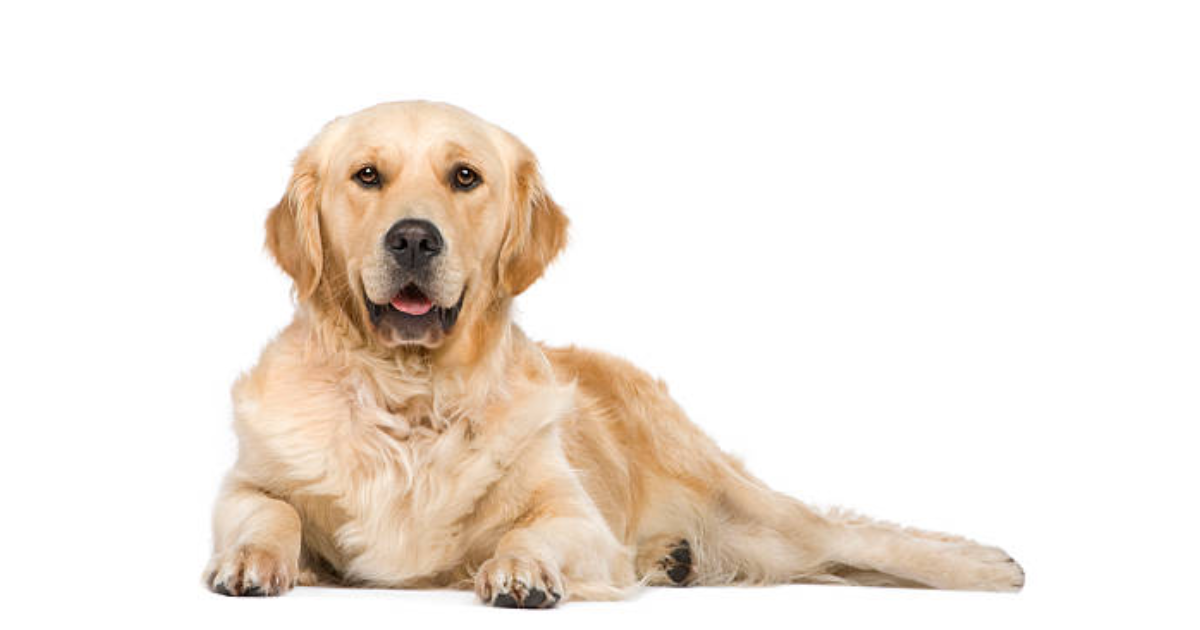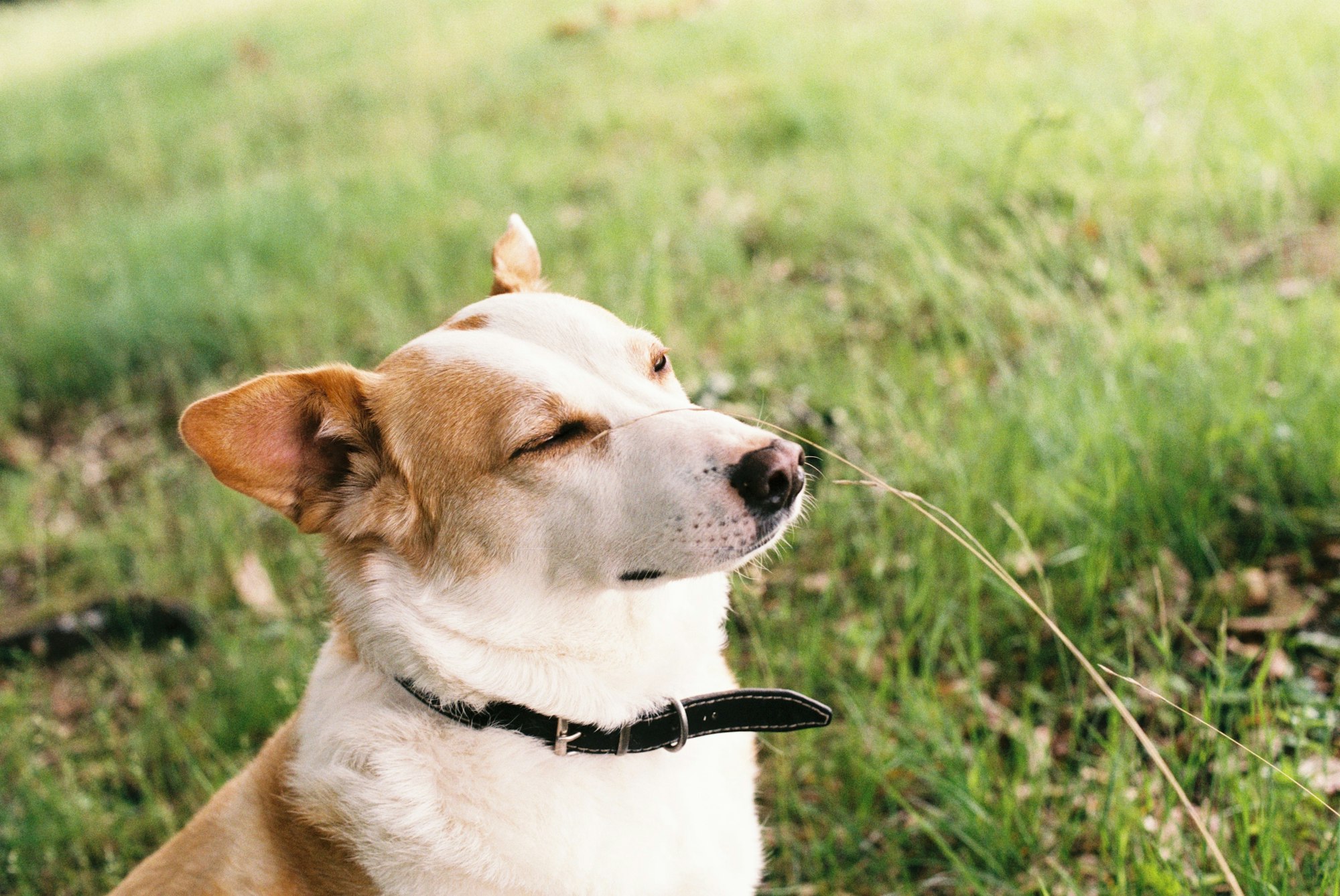If you want to know how to teach a dog to lay down, it is an important question and also is important in basic obedience training. It is also a great way to bond with your pet. Knowing how to lay down can help keep your dog safe in many situations. It is also a great way to demonstrate your dog’s obedience and even impress your friends.
This step-by-step guide will help you teach your dog to lie down quickly and easily. First, you will learn about the importance of teaching your dog to lay down, the benefits of laying down, and the basics of teaching your dog to lay down. After you understand the basics, you can start each training session with a plan and a positive attitude.
You must use verbal cues, hand signals, and a tasty treat during the sessions to help your dog learn the down position. Once your dog understands the cue, you should reward them at the exact moment they lie down.
This will help reinforce the behavior so your dog learns to lie down quickly and reliably. With patience and practice, you will soon have a well-behaved pup that knows how to dog lie down on command.
How to Prepare for Training

Preparing for training your dog is essential for the best possible outcome. To ensure you and your pup are on the same page, here are some things to consider:
1. Identifying Your Dog’s Motivation: Before you begin training, it is important to identify what motivates your dog. Treats motivate some dog lays down, while others may respond better to verbal praise or a toy. By understanding what will get your pup’s attention, you can more effectively teach them.
2. Selecting a Quiet and Familiar Location: Training in a quiet and familiar environment can help your dog stay focused and make the process smoother. Choose a spot that is free from distractions and has minimal noise.
3. Gathering Necessary Tools and Treats: Having the right tools and treats for your dog’s training is important. Treats should be small and easily digestible, and it is a good idea to have a variety on hand in case your dog loses motivation. Other training tools may include a leash, a clicker, and an empty hand for treats.
4. Teaching with Treats: Using treats is a great way to teach your dog new commands. Start by giving one treat at a time, and use verbal cues and hand signals to get your dog’s attention. Slowly lower the treat to the ground and give the release command when your dog follows the command correctly.
5. Teaching with Verbal Cues: Verbal cues are a great way to teach your dog basic commands. Start by saying “sit” and using hand signals to get your dog’s attention. Place your hands on their front paws and gently push them down while repeating the command. Give your dog a treat when they follow the command correctly.
6. Practice Makes Perfect: It is important to practice new commands with your dog in various locations. You can also practice commands with others or your dog’s siblings. The more practice you give your pup, the better their understanding of the commands will be.
The Training Process
1. Teaching the “Down” Command
Teaching your dog to lay down is essential in their training process. The first step involves teaching the "Down" command using a lure and a hand signal. The goal is to guide your dog from sitting to lying down, which will help them understand the desired behavior.
A. Using a Lure:
- Start by having your dog in a sitting position. Ensure that you have a tasty treat in your hand to capture your dog's attention.
- Hold the treat near your dog's nose, ensuring it can smell and be interested in it. This will act as a lure to encourage your dog to follow the treat with its nose.
- Slowly lower the treat towards the ground, moving it away from the dog's nose in a straight line. As your dog follows the treat, their body should naturally move into a lying down position.
- Once your dog lies down, immediately praise them and reward them with the treat. This will help reinforce the desired behavior.
- Gradually introduce a verbal cue, such as "Down," while your dog is in the process of lying down. Eventually, your dog will associate the command with the action.
B. Using a Hand Signal:
- After your dog is comfortable with the lure technique, you can introduce a hand signal to accompany the verbal cue. This will help your dog understand the command even when a treat is absent.
- Start by having your dog in a standing position. Give the verbal cue "Down" and simultaneously use a hand signal, such as pointing to the ground or sweeping with your arm.
- As your dog begins dog to lie down in response to the hand signal, praise and reward them with a treat.
- Practice using the hand signal and verbal cue in combination during your training sessions. Over time, your dog will learn to associate the hand signal with the command and will lay down upon request.
2. Reinforcing the Behavior
To ensure that your dog consistently responds to the "Down" command, it's essential to reinforce the behavior using various training techniques. Positive reinforcement and clicker training are two effective methods for reinforcing lying-down behavior.
A. Using Positive Reinforcement:
Positive reinforcement involves rewarding your dog with something they love, such as treats, praise, or affection, to strengthen their association with the desired behavior.
- When your dog successfully lies down in response to the "Down" command, immediately reward them with a treat, praise, or a combination of both. This will help your dog understand that lying down on command results in a positive outcome.
- Be consistent with your rewards. Ensure that you treat your dog immediately after they lie down, as this timing helps your dog connect the behavior with the reward.
- Use a variety of treats and rewards to keep your dog engaged and motivated during the training process. Rotate between their favorite treats, toys, and verbal praise to maintain their interest.
- Gradually phase out the treats and use verbal praise or affection as the primary reward. This will help your dog learn to respond to the command without always expecting a treat.
B. Using Clicker Training:
Clicker training is a popular technique in veterinary medicine and dog training. It uses a small device to make a clicking sound, signaling to the dog that they have performed the desired behavior.
- Before starting clicker training, ensure that your dog associates the clicker sound with a reward. To do this, click the device and immediately give your dog a treat. Repeat this process several times until your dog understands that the click means a reward is coming.
- Once your dog has learned the association, ask your dog to sit and then give the "Down" command. When your dog lies down, click the clicker and treat them immediately.
- Gradually increase the time between the click and the treat, eventually rewarding your dog with an empty hand and verbal praise, such as "Good dog!" This helps your dog understand that even without a treat, the clicker sound means they have performed the desired behavior correctly.
- Practice using the clicker in conjunction with the "Down" command, gradually reducing the frequency of treats and focusing on the clicker and verbal praise as rewards.

3. Building on the Behavior
After your dog has learned the basic "Down" command, it's essential to build on the behavior to ensure it can perform it reliably in various situations. This involves increasing the duration of the behavior, adding distractions, and fading out treats.
A. Increasing the Duration of the Behavior:
- Begin by asking your dog to lie down using the verbal cue and hand signal you've taught them. Once your dog is in the down position, please wait for a few seconds before rewarding them.
- Gradually increase the amount of time your dog must remain in the down position before receiving a reward. This will help train your dog to maintain the behavior for longer durations.
- Remember to reward your dog with praise or treats when they successfully hold the down position for the desired length of time.
- Be patient and consistent in your training, as it may take some time for your dog to adjust to the increased duration.
B. Adding Distractions:
- Start by practicing the "Down" command in a quiet, familiar environment. Once your dog is comfortable with the command, gradually introduce distractions, such as other people or pets, noises, or new environments.
- Ask your dog to lie down using verbal cues and hand signals when introducing distractions. Reward them for successfully performing the behavior in the presence of distractions.
- Gradually increase the difficulty level by adding more complex distractions or practicing in busier environments. This will help your dog learn to respond to the command despite any distractions they may encounter.
- Remember to be patient and consistent when adding distractions, as your dog may initially struggle to maintain focus.
C. Fading Out Treats:
- As your dog becomes more proficient in the "Down" command, it's important to gradually fade out treats to ensure they don't become reliant on food rewards.
- Begin by reducing the frequency of treats while still providing verbal praise and affection as rewards.
- Slowly replace treats with an empty hand and verbal praise, such as "Good dog!" This will help your dog understand that they can still receive positive reinforcement without a treat.
- Continue to practice the "Down" command using only verbal praise and affection as rewards. Eventually, your dog will perform the behavior without expecting a treat each time.
Common Challenges and Solutions
A. Refusal to Lay Down
- Addressing Fear or Anxiety: Dogs may refuse to lay down due to fear or anxiety. To overcome this, try using positive reinforcement, such as treats or praise, to make the process enjoyable for the dog. Be patient and take things slowly, gradually increasing the task's difficulty. Create a safe and comfortable environment by choosing a quiet location and eliminating distractions. Using a familiar, comforting word or cue can also help your dog feel more at ease.
- Identifying and Addressing Physical Discomfort: Physical discomfort may be another reason why a dog refuses to lie down. Observe the dog's body language and check for any signs of pain or discomfort. If you suspect a medical issue, consult a veterinarian for proper diagnosis and treatment. Choose a comfortable surface, such as a soft mat or cushion, to encourage the dog to lie down. Be gentle in your training approach and avoid forceful methods that may cause discomfort.
B. Difficulty in Maintaining the Behavior
- Strengthening the Behavior with Consistent Reinforcement: Consistency is vital for successful dog training. Use the same command, tone, and body language to strengthen the behavior whenever you want the dog to lie down. Treat the dog immediatey after they lay down, ensuring they associate the reward with the action. Gradually increase the duration the dog must maintain the position before receiving a treat immediately, reinforcing the behavior over time.
- Adding Variations to Keep Training Fresh: To maintain your dog's interest in training, introduce variations to the "lay down" command. For example, practice the command in different locations, with varying levels of distractions or from different positions (standing, sitting, etc.). This will keep the training fresh and exciting and help your dog generalize the command to different situations.
Frequently Asked Question
Why is teaching my dog to lay down important?
Teaching your dog to lay down is important because it's a basic obedience command that can help improve communication between you and your dog. It also provides mental stimulation for your dog and helps to reinforce your role as the pack leader.
What are the benefits of teaching my dog to lay down?
The benefits of teaching your dog to lay down are numerous. It can help to reduce stress and anxiety, improve focus and concentration, and promote relaxation. It also helps to establish trust and build a strong bond between you and your dog.
What is the best way to start teaching my dog to lay down?
The best way to start teaching your dog to lay down is to use positive reinforcement techniques. You can use treats, toys, or verbal praise to reward your dog when they successfully perform the behavior. Start by getting your dog to sit, then lower your hand with the treat to the ground in front of them, encouraging them to follow it down to the ground.
How do I get my dog to understand the "down" command?
To get your dog to understand the "down" command, you should first use a hand signal or verbal cue, such as "down" or "lie down," and pair it with the behavior. When your dog starts to lower their body, reward them with a treat straight or praise. Over time, your dog will associate the command with the behavior.
How can I make sure my dog stays in the down position?
To ensure your dog stays in the down position:
- Reward them with treats or praise while they remain in the position.
- Gradually increase the duration of the "down" command and the time in between rewards.
- Repeat the process until your dog can hold the "down" position for an extended period without being rewarded.
What if my dog doesn't want to lay down?
If your dog doesn't want to lay down, it's important to be patient and persistent. Try using a more enticing treat or toy to encourage them to follow the behavior. If they still don't want to lay down, take a break and try again later. You can also try playing their favorite game for a bit to tire them out a little. Try using something like a flirt pole to play.
Conclusion
Teaching your puppy to lie down is an essential skill that can strengthen the bond between you and your furry friend. To teach this command, start by having your pup sit and then slowly lure them into the lying position using a treat. Guide their nose towards the ground and encourage their front legs to follow until they are lying on the floor.
Use positive reinforcement and repeat the process until your dog reliably responds to the verbal cue. Consistency and persistence are key to achieving success in teaching any new command, and these tips will help you establish a strong foundation of trust and obedience with your dog.
Remember to use the word "lie" as the cue to get your dog to assume the lying position. At the moment your dog's paws touch the ground, praise them and reward them with food or a treat. Your dog loves learning new things, so have patience and keep practicing until they master this skill.
Get more expert advice on pet-parenting by visiting the Off Leash blog at TryFi.com.
TryFi's The Fi Dog Collar is a must-have for any pet parent, it's a GPS tracking collar that helps you keep tabs on your dog's location, activity, and sleep patterns, and alerts you if they escape your backyard. Try the Fi Dog Collar today!

